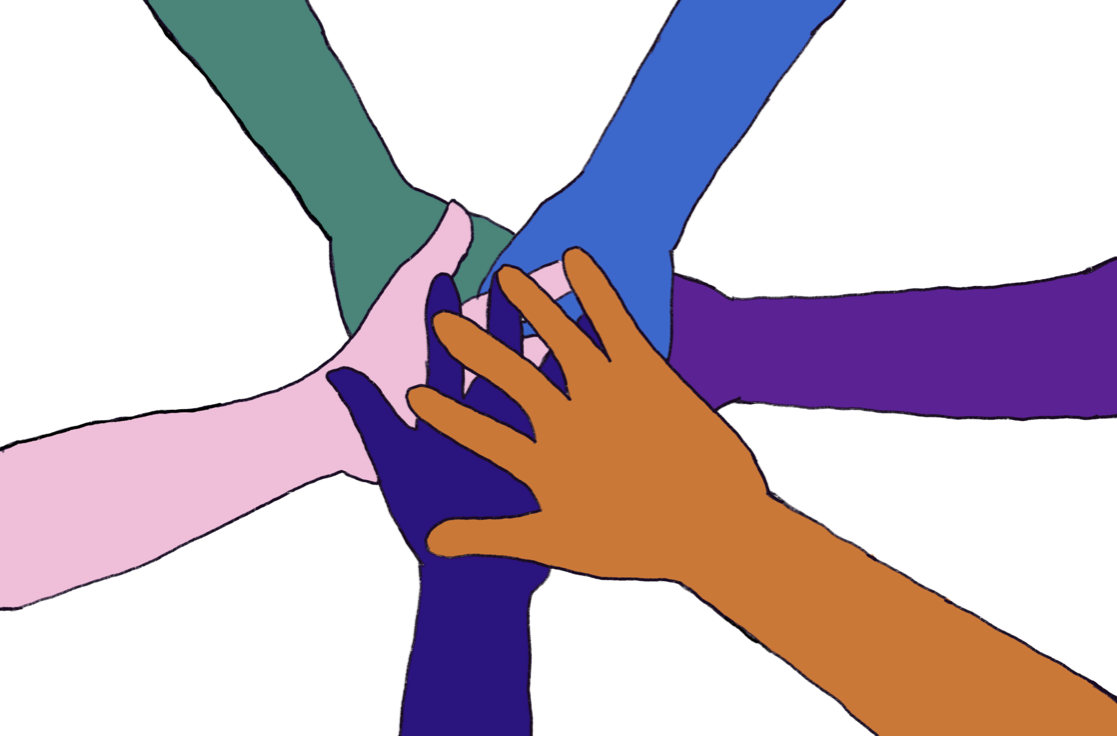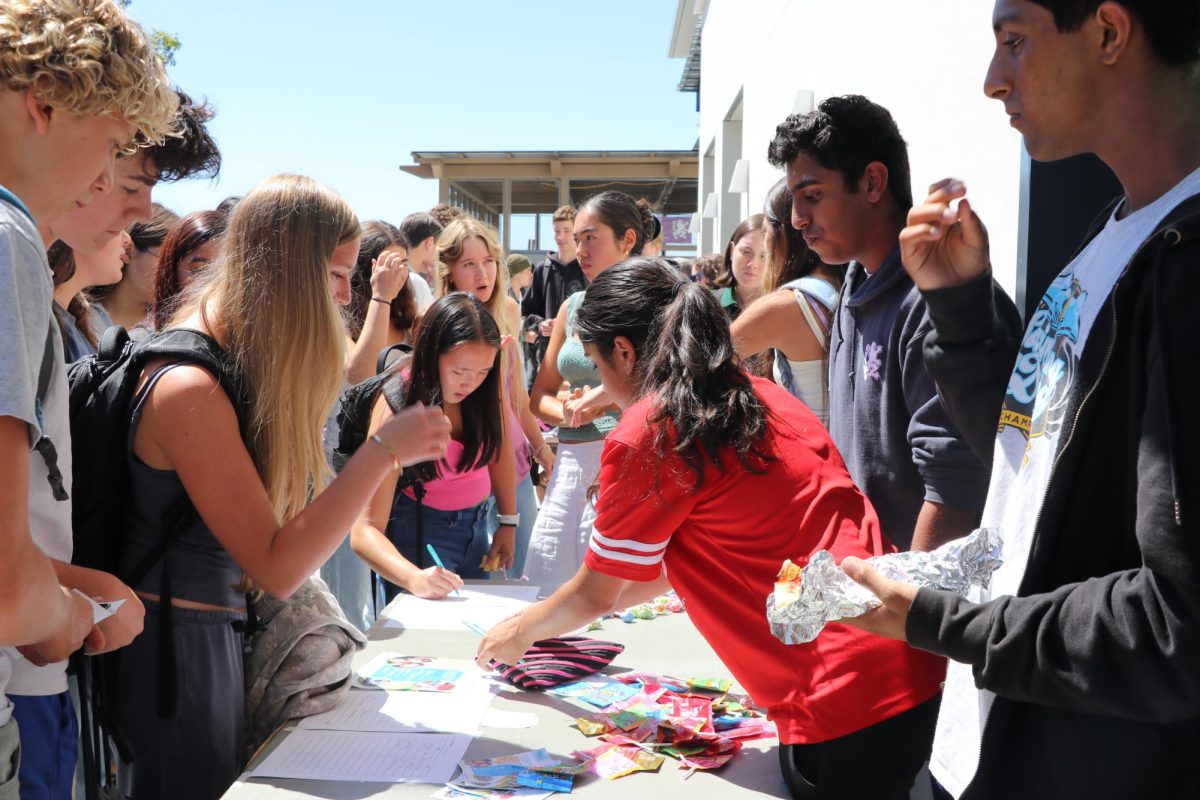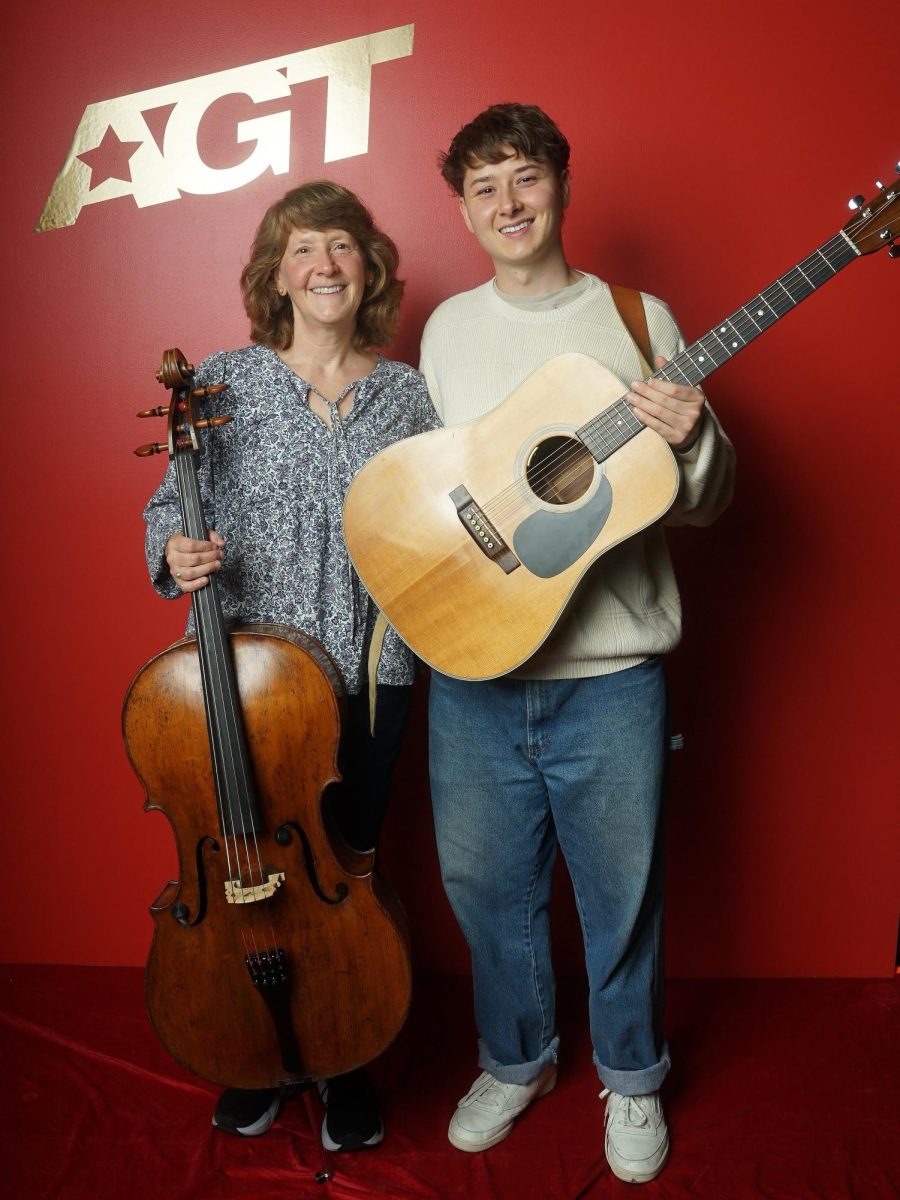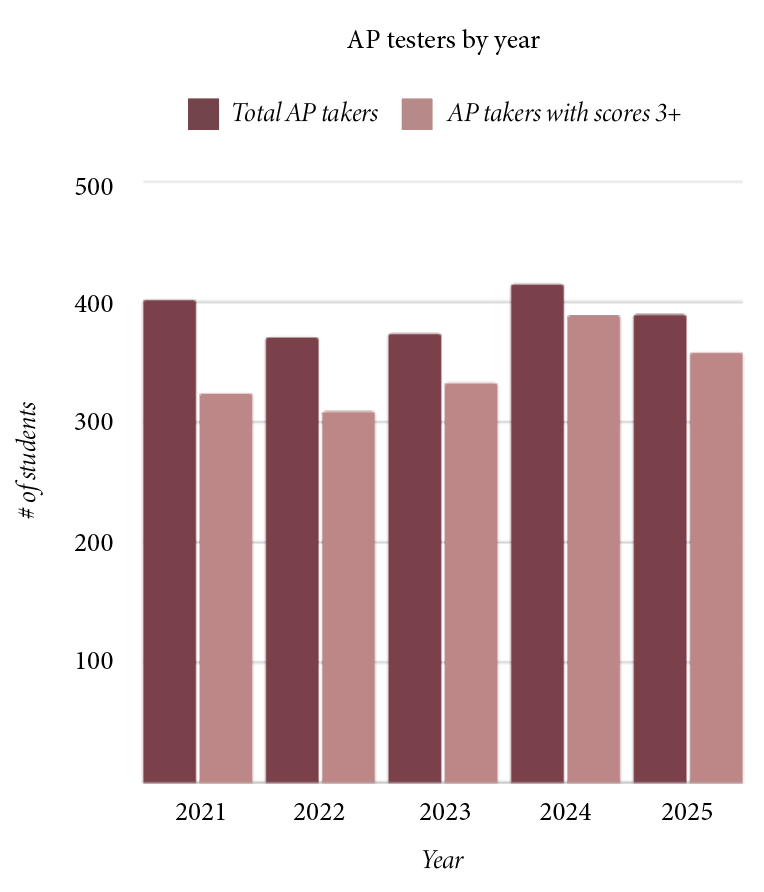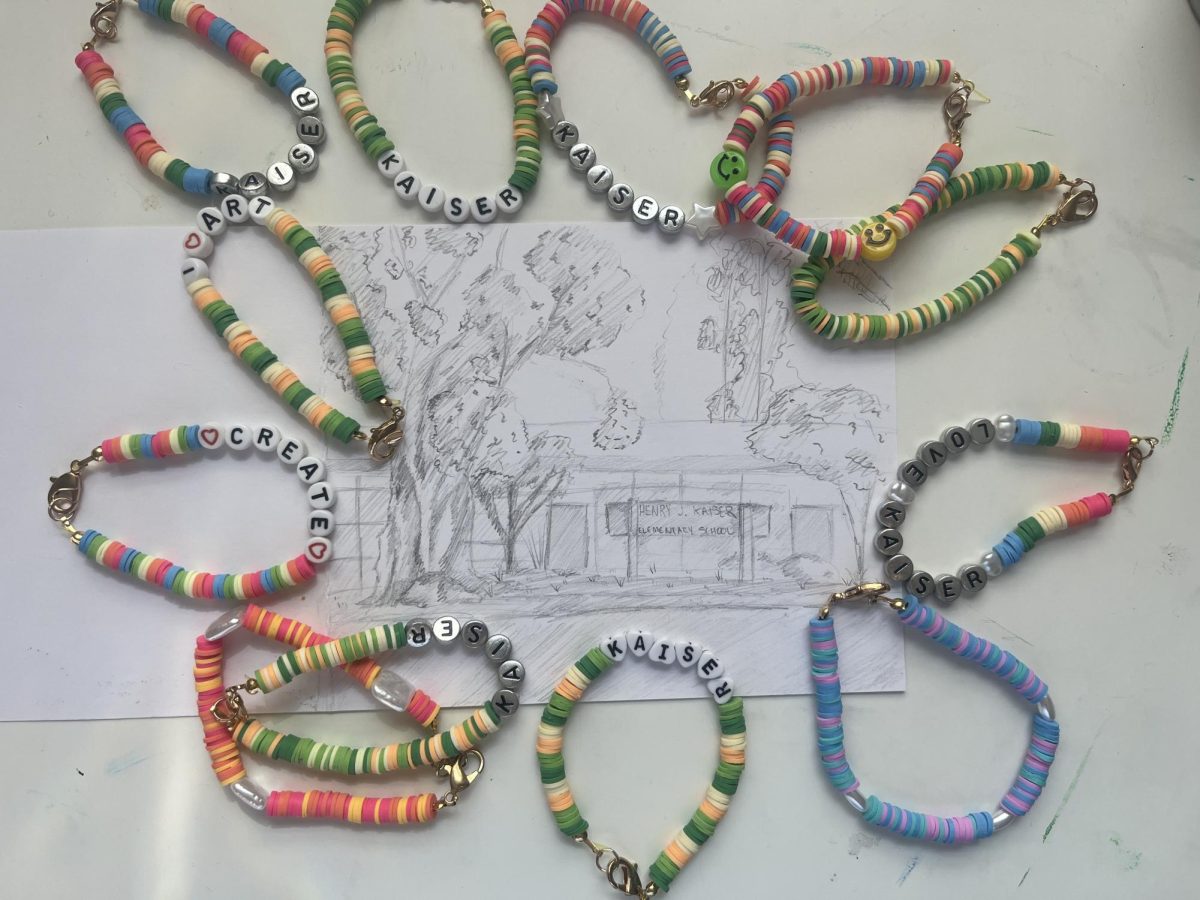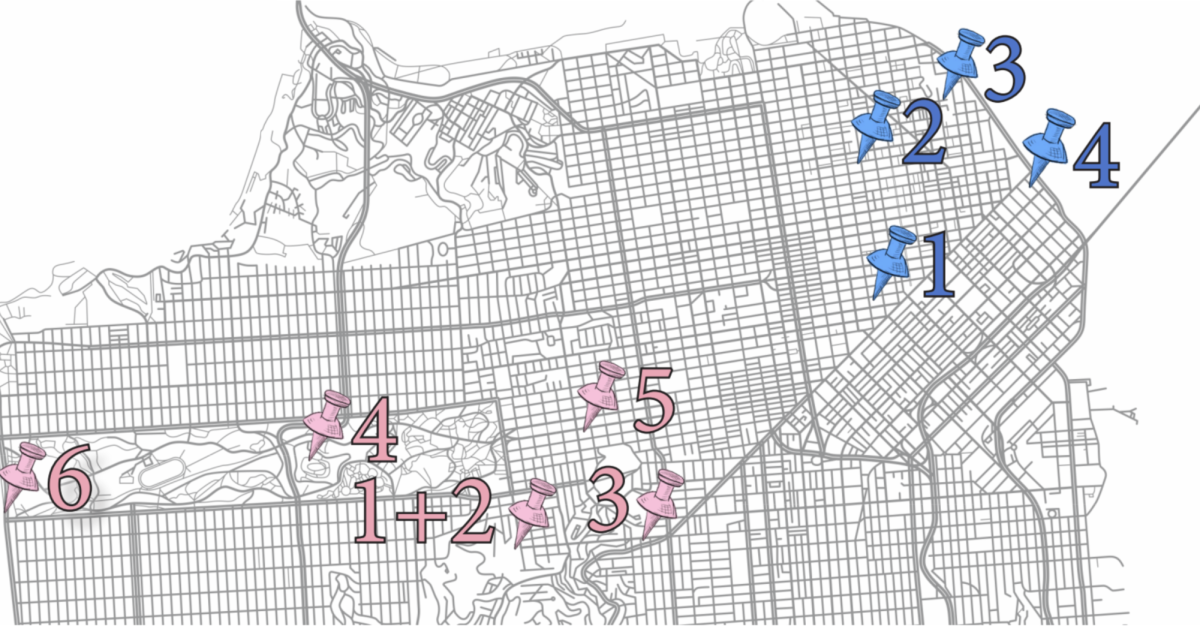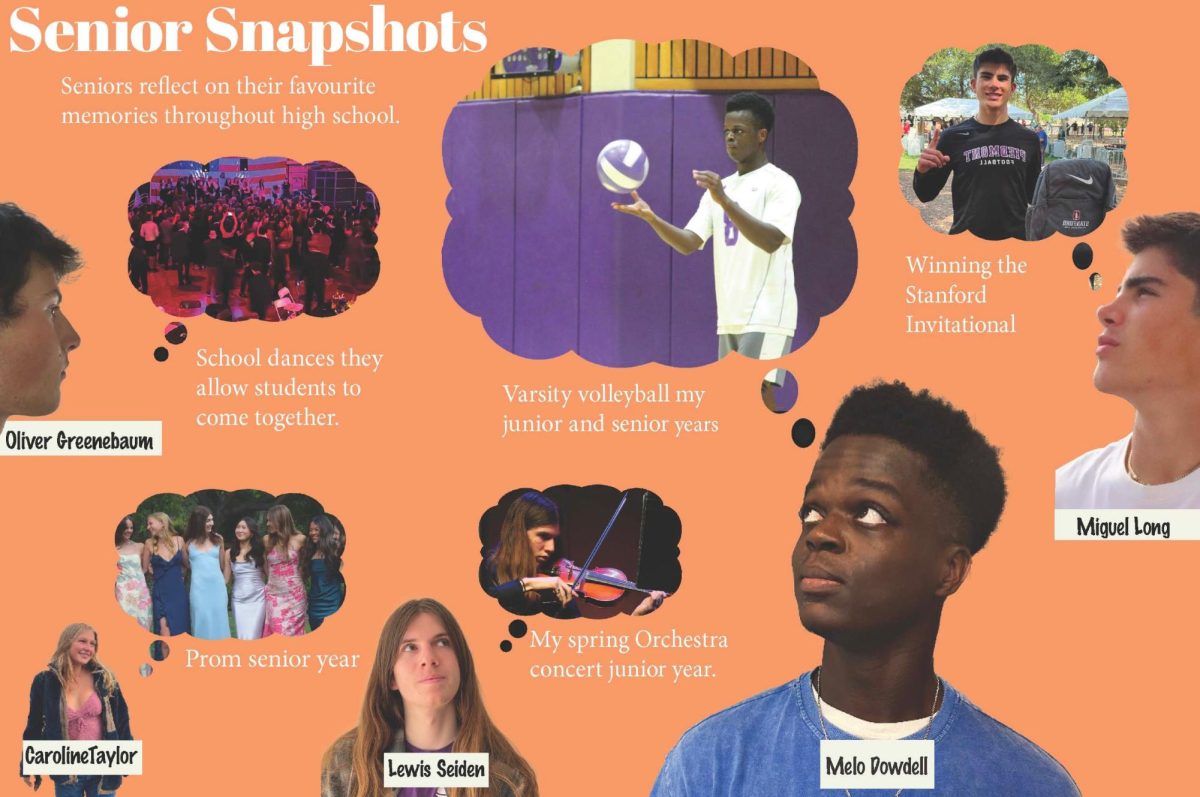You refresh the application on your iPhone to see a new face. You swipe right and instantly, you’re on your way to securing yourself a date.
The percentage of 18- to 24-year-olds that use online dating websites has more than doubled since 2005, and among teens with dating experience, one in four have dated or hooked up with someone they initially encountered online, according to Pew Research Center.
Relationships that utilize social media result in fewer instantaneous social cues from body language than those of face-to face-conversations, psychologist and author Patricia Wallace said in an email.
“It makes relationships more fragile and prone to mishaps,” Wallace said.
USCB professor and author Ronald Rice said that there is less responsibility regarding online relations.
“The thing with face-to-face relationships is that when you know this particular person it builds in a social responsibility,” Rice said.
Junior Sophie Govert agrees with Rice and Wallace in that there are major differences between how people communicate online and in person.
“It’s interesting because things like Tinder etiquette were never a thing before now,” Govert said. “We have kind of cultivated a new set of social rules for online dating.”
Another trend accompanying the marriage between relationships and technology is the evolving amount of control individuals have over their romantic interactions. They can choose how they appear in profile pictures, how they come across in text messages. While this aspect of social media lends more freedom to users, a constant online presence creates more of a responsibility to respond to romantic outreach, said Paul Levinson, professor of communication and media studies at Fordham University.
“It’s actually a two-edged sword,” Levinson said. “What smartphones and the internet have done is that they have kept us in touch 24 hours a day. The only way that that existed before the internet is for a couple that was living together already and even in that case they weren’t in touch 24 hours a day.”
Rice said that the shift in virtual boundaries changes the way we think about ourselves and the people around us.
“This constant connection due to social media tends to blur our identities a little bit,” Rice said. “Those identities aren’t superficial, they are possibilities in us that come alive in different groups settings.”
Levinson also said he has seen evidence of increased infidelity as a result of technology. Last July, hackers leaked the email addresses and other information of 32 million members of the Ashley Madison site, which aimed to coordinate affairs between married people, according to Fortune. That reveal was just the tip of the iceberg, Levinson said.
“The truth is, infidelity has never been easier,” Levinson said.
However, there’s no real way to identify exactly how many people use the internet to cheat, Levinson said. Either their messages are private, or people divulge their secrets on surveys, which can’t be reasonably trusted given that dishonesty is probably in their favor.
To complicate matters even further, new mediums of communication create even more gray areas that could — or could not — be defined as infidelity, Levinson said.
Consider a married person exchanging sexual messages with another individual, or perhaps even following back an ex-partner on Instagram, but never exchanging physical contact. Couples now have to discuss what their boundaries are as they shift in real time.
Rice said that with an increase in social media there will be an increase in a group dynamic in our country.
“I think we are going to be so interconnected that to some extent we will become a much more collective culture,” Rice said. “Social media is not an individual use, it makes us embedded in a huge web of relationships.”
The pursuit of loved ones through technology began in the 1980s even before the internet, Levinson said. Personal computers, CompuServe (a commercial online service popular in the 1980s), email — each technological development filled a previously invisible demand for romantic connection.
“The fact of the matter is: sex and romantic relationships are very fundamental parts of human life. There’s nothing wrong with those things,” Levinson said. “In fact, if you think about it from a biological sense that’s how our species reproduces itself.”
And as soon as the next best gizmo comes along and opens up new romantic opportunities, people will continue to fall in line in search for love, Levinson said.
“It’s like water is going to flow through whatever avenues there are for water to flow into,” Levinson said.




